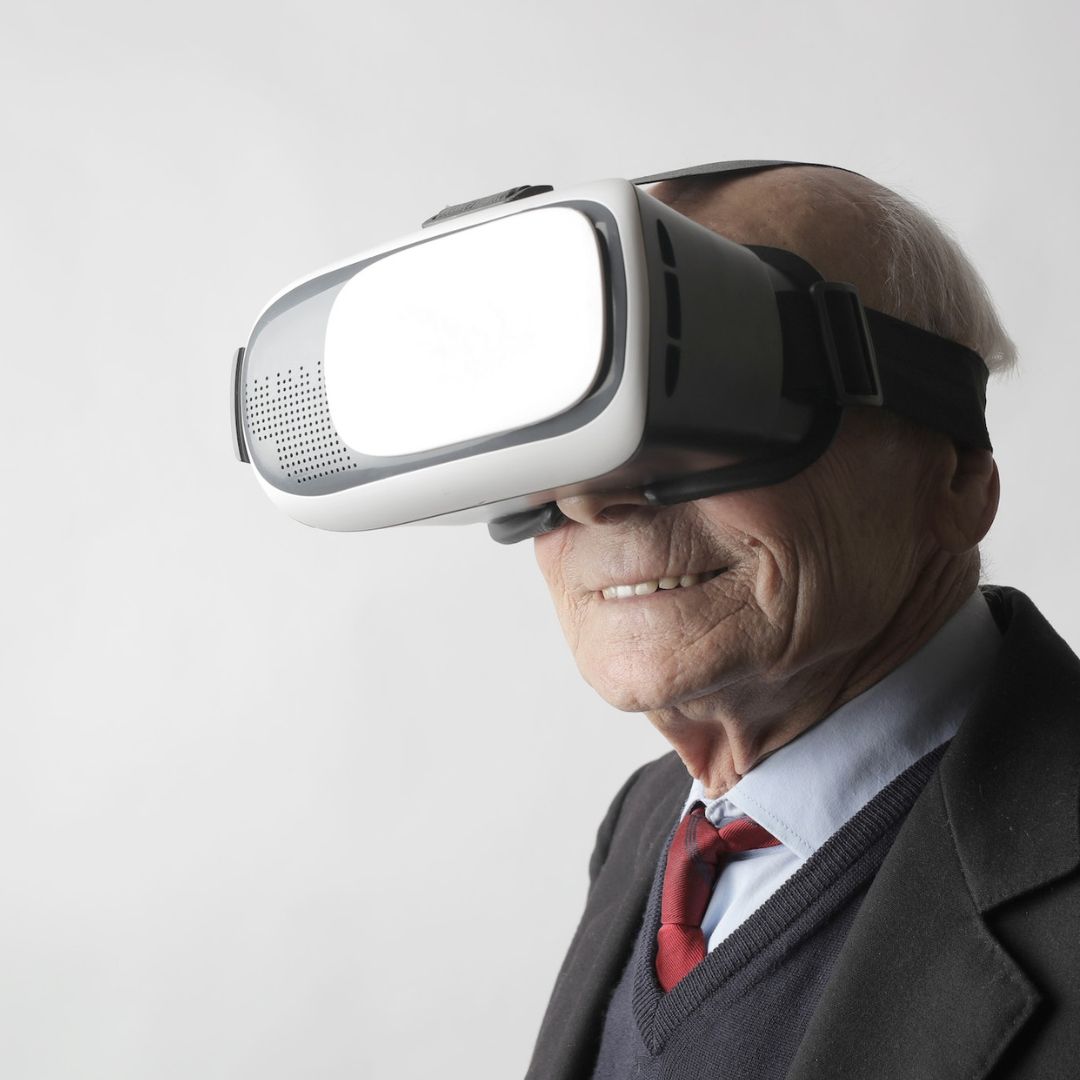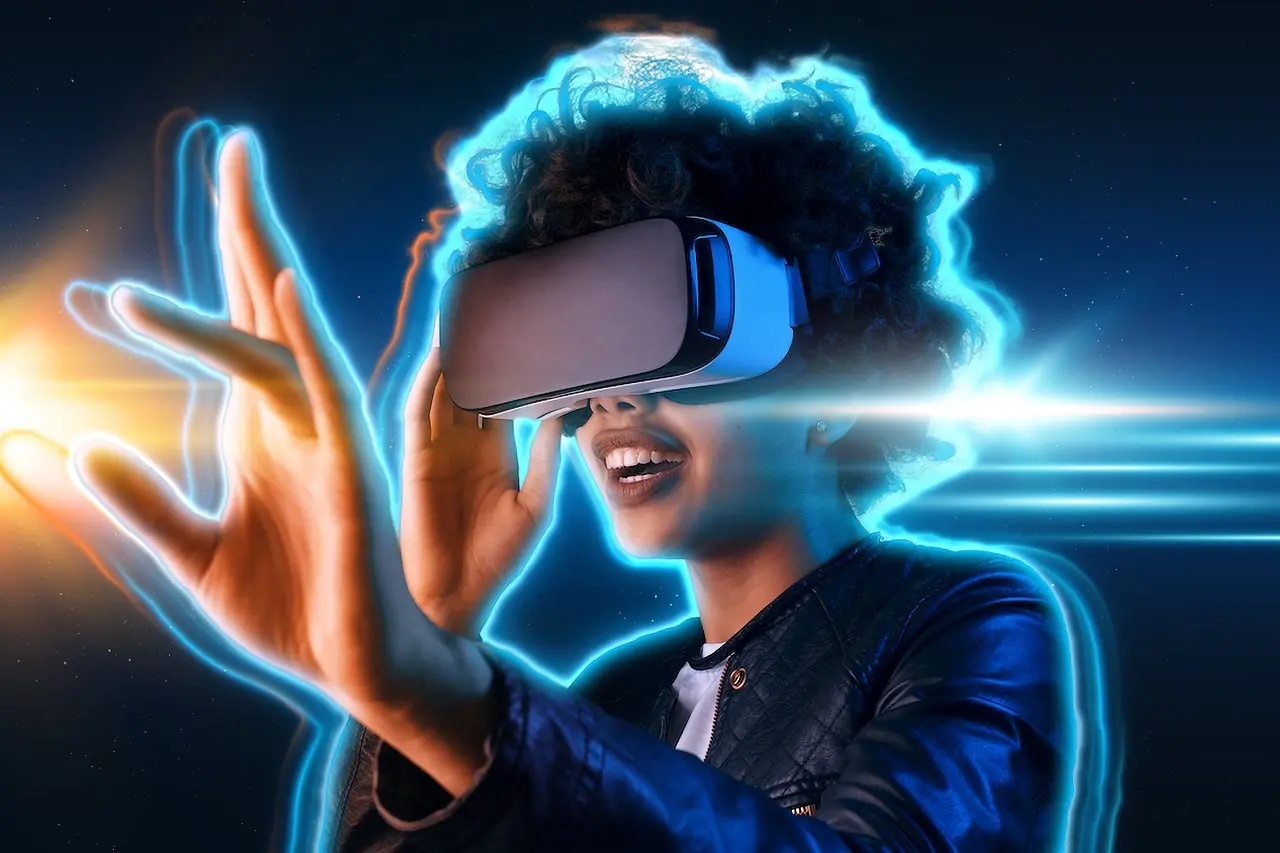The article will focus on how connectivity enhances AR/VR experiences, given that the world is becoming more interconnected, largely due to the internet. AR and VR are among the most innovative applications of internet connectivity, offering users the opportunity to immerse themselves in digital environments that can be overlaid onto the physical world or exist in a purely virtual space. In this context, we will examine the advantages of internet connectivity for AR and VR applications and how they are changing our lifestyles, professions, and entertainment experiences.
Benefits of Internet Connectivity for AR and VR
AR and VR applications require fast and reliable internet connectivity to function properly. This connectivity enables seamless communication between devices and servers, allowing for real-time rendering of graphics and low-latency response times. There are several benefits of internet connectivity for AR and VR, including:
Internet connectivity enables the smooth and uninterrupted streaming of digital content to AR and VR devices, providing users with a seamless and immersive experience. Without internet connectivity, the quality and speed of AR and VR applications would be severely compromised.
Consequently, internet connectivity enables remote collaboration and communication between users in different locations. This is particularly useful in fields such as engineering and design, where teams can work together in a virtual environment to create and test new products.
AR and VR applications have the potential to revolutionize the way we learn, work, and communicate. With internet connectivity, these technologies can be made accessible to people all over the world, regardless of their location.
Internet Connectivity and AR/VR in Education
AR and VR have enormous potential in the field of education, enabling students to experience immersive and interactive learning environments. Internet connectivity plays a crucial role in the development and delivery of AR and VR educational content. Some of the benefits of internet connectivity in this context include:
With internet connectivity, students can access educational resources from anywhere in the world, including videos, tutorials, and virtual simulations.
Additionally, AR and VR technologies can be tailored to individual learning needs, allowing students to learn at their own pace and in their preferred style.
Moreover, internet connectivity enables the creation of realistic simulations, such as virtual field trips, which allow students to experience and explore environments that would otherwise be difficult or impossible to access.
How Connectivity Enhances AR/VR Experiences in Healthcare
AR and VR have enormous potential in the field of healthcare, enabling medical professionals to provide more effective treatments and improve patient outcomes. Internet connectivity is critical to the development and deployment of AR and VR applications in healthcare. Some of the benefits of internet connectivity in this context include:
AR and VR technologies can provide medical professionals with a more accurate and detailed view of a patient’s condition, resulting in more effective diagnosis and treatment.
Consequently, Internet connectivity enables remote healthcare services such as telemedicine, which allows patients to receive medical care from their homes.
In addition, AR and VR technologies provide medical professionals with realistic training simulations, enabling them to develop their skills and knowledge in a safe and controlled environment.

How Connectivity Enhances AR/VR Experiences in Entertainment
AR and VR have enormous potential in the field of entertainment, enabling users to experience immersive and interactive digital environments. Internet connectivity plays a crucial role in the development and delivery of AR and VR entertainment content. Some of the benefits of internet connectivity in this context include:
Furthermore, Internet connectivity enhances AR/VR experiences by enabling users to compete against each other in immersive digital environments.
AR and VR technologies can create immersive and interactive storytelling experiences, allowing users to become fully immersed in the narrative.
In conclusion, AR and VR applications allow users to interact with each other in virtual environments, creating social engagement experiences.
Challenges and Future Developments for Enhancing AR/VR Experiences through Connectivity
Although internet connectivity provides clear benefits to AR and VR applications, there are also several challenges that we must address – including issues such as latency, bandwidth, and security. Furthermore, there is much room for improvement in the usability and accessibility of AR and VR applications.
In conclusion, looking to the future, AR and VR technology holds several exciting developments on the horizon. Advances in artificial intelligence will enable more realistic and interactive virtual environments. The development of 5G networks will provide faster and more reliable internet connectivity. Additionally, we can expect to see increased collaboration between technology companies and content creators.
Conclusion
In conclusion, AR and VR applications need internet connectivity for smooth communication between devices and servers, enabling immersive user experiences. They have transformative potential in education, healthcare, and entertainment. To unlock the full potential of AR and VR, we must address the challenges they face. The future of AR and VR is bright with ongoing growth and development.






